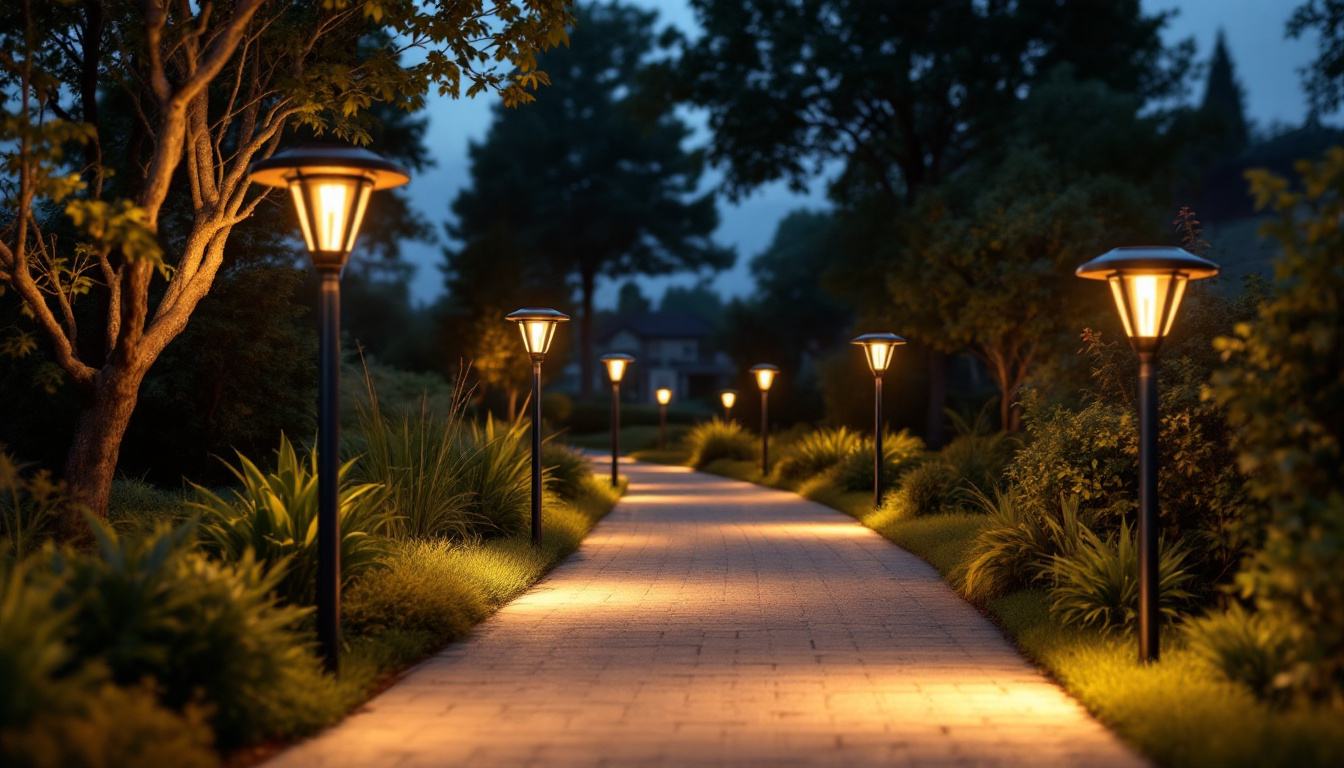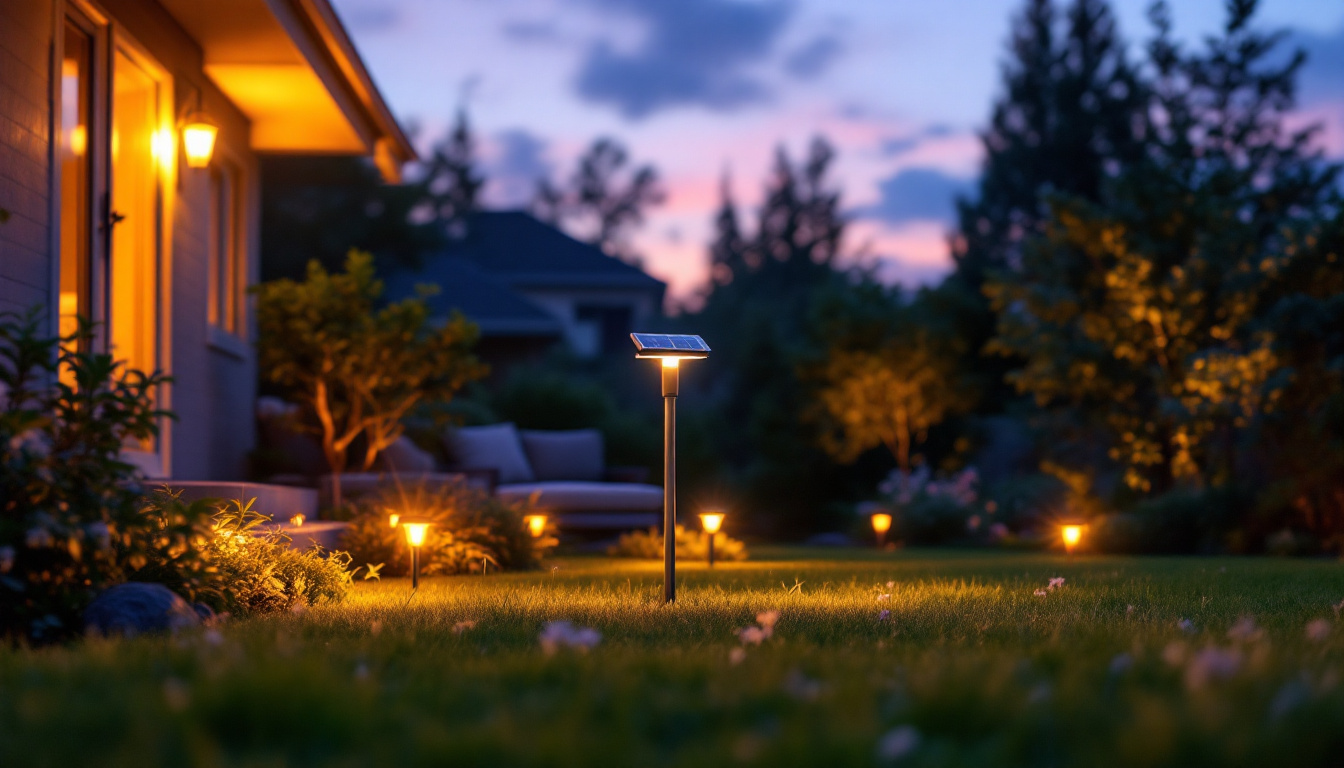

In the ever-evolving world of lighting, contractors face the challenge of staying informed about the latest technologies, trends, and products. Understanding the nuances of lighting options is crucial for delivering quality service and ensuring customer satisfaction. This article aims to demystify the concept of the “brightest bulb” and provide essential insights for lighting contractors.
Lighting technology has undergone significant transformations over the years, shifting from incandescent bulbs to modern LED solutions. Each advancement brings with it a new set of considerations for contractors.
Incandescent bulbs, once the standard, are being phased out in many regions due to their inefficiency and high energy consumption. LEDs (Light Emitting Diodes) have emerged as the preferred choice, offering longer lifespans and lower energy costs. Understanding the differences between these technologies is vital for contractors when recommending solutions to clients.
LEDs not only consume less power but also provide better quality light. They are available in various color temperatures, allowing contractors to tailor lighting solutions to specific needs. This versatility is a game-changer in both residential and commercial applications. Additionally, the durability of LEDs means they are less likely to break compared to traditional bulbs, making them a safer option for both indoor and outdoor use. As a result, contractors can offer clients a more reliable and long-lasting lighting solution that requires less frequent replacements, ultimately saving time and money in maintenance.
The rise of smart lighting has introduced a new dimension to lighting design. Smart bulbs can be controlled via smartphones or voice-activated devices, offering convenience and customization. For contractors, this means staying updated on the latest smart technologies and understanding how to integrate them into existing systems.
Moreover, smart lighting can enhance energy efficiency. Many smart systems allow users to schedule lighting or adjust brightness based on occupancy, which can lead to significant energy savings. Contractors should be prepared to educate clients on these benefits and how to implement smart solutions effectively. Beyond energy savings, smart lighting can also contribute to improved security; for instance, homeowners can program lights to simulate occupancy when they are away, deterring potential intruders. Furthermore, the integration of smart lighting with home automation systems can create a seamless living experience, where lighting adjusts automatically based on the time of day or specific activities, such as movie nights or dinner parties, enhancing the overall ambiance of a space.
One of the most common misconceptions in lighting is the relationship between wattage and brightness. Traditionally, people equated higher wattage with brighter light, but this is no longer the case with modern lighting technologies.
Brightness is measured in lumens, not watts. A lumen is a unit that quantifies the amount of visible light emitted by a source. For contractors, understanding how to calculate the required lumens for a space is essential for providing effective lighting solutions.
For instance, a standard 60-watt incandescent bulb produces about 800 lumens. In contrast, an LED bulb can produce the same amount of light while consuming only 8-12 watts. This knowledge enables contractors to recommend energy-efficient options that meet the specific lighting needs of their clients. Moreover, as energy efficiency becomes increasingly important, many manufacturers are now producing bulbs that not only provide the same lumens as traditional options but also come with longer lifespans, further reducing replacement costs and environmental impact.
When determining the right amount of light for a space, contractors should consider the room’s purpose, size, and existing natural light. A general rule of thumb is to provide about 20 lumens per square foot for general lighting. However, this can vary based on the activities performed in the space.
For example, areas designated for reading or detailed work may require higher lumens, while ambient lighting in a living room may need less. Understanding these nuances allows contractors to create tailored lighting plans that enhance functionality and aesthetics. Additionally, it’s important to consider the color temperature of the light, measured in Kelvins, as it can significantly affect the perceived brightness and mood of a room. Warmer tones (around 2700K) are often preferred for cozy spaces, while cooler tones (5000K and above) are more suitable for work environments, promoting alertness and focus.
Color temperature is another critical factor in lighting design. Measured in Kelvin (K), it describes the appearance of the light emitted by a bulb. Different color temperatures can evoke various moods and affect how colors appear in a space.
Warm light, typically around 2700K to 3000K, creates a cozy and inviting atmosphere, making it ideal for residential spaces. On the other hand, cool light, ranging from 4000K to 5000K, offers a more energizing and focused environment, suitable for workspaces and commercial settings.
Contractors should guide clients in selecting the appropriate color temperature based on the intended use of the space. This understanding can significantly impact the overall ambiance and effectiveness of the lighting design.
The Color Rendering Index (CRI) measures a light source’s ability to accurately reproduce colors compared to natural light. A higher CRI indicates better color accuracy, which is particularly important in settings like art galleries, retail spaces, and kitchens.
Contractors should consider CRI when recommending lighting solutions, especially in environments where color fidelity is crucial. A CRI of 90 or above is often considered excellent, providing clients with vibrant and true-to-life colors in their spaces.
As energy costs continue to rise and environmental concerns become more pressing, energy efficiency is a top priority for many clients. Lighting contractors play a pivotal role in promoting sustainable practices through their recommendations.
Products that meet strict energy efficiency guidelines set by the Environmental Protection Agency (EPA) earn the Energy Star label. These products not only save energy but also help reduce greenhouse gas emissions. Contractors should familiarize themselves with Energy Star-rated products to guide clients toward sustainable choices.
Incorporating energy-efficient lighting can lead to significant cost savings for clients over time. Contractors should emphasize the long-term benefits of investing in quality lighting solutions that align with energy efficiency goals.
Proper disposal of lighting products, especially fluorescent and LED bulbs, is essential for minimizing environmental impact. Many communities have specific regulations regarding the disposal of these items due to the materials they contain.
Contractors should educate clients about recycling options and safe disposal methods. This not only helps the environment but also positions contractors as responsible and knowledgeable professionals in the industry.
Staying ahead of trends in lighting design can set contractors apart in a competitive market. Understanding current styles and preferences can enhance project proposals and client satisfaction.
Minimalism continues to be a popular trend, characterized by clean lines and functional design. Lighting fixtures that blend seamlessly into the architecture of a space are increasingly favored. Industrial-style lighting, with its raw materials and vintage aesthetics, also remains in vogue, appealing to clients seeking a unique touch.
Contractors should be aware of these trends and offer options that align with clients’ design preferences. This knowledge can help create cohesive and visually appealing lighting solutions.
Biophilic design emphasizes the connection between people and nature, incorporating natural elements into interior spaces. This trend often involves maximizing natural light and using fixtures that mimic natural forms.
Contractors can enhance their proposals by integrating biophilic principles into lighting designs. This approach not only promotes well-being but also aligns with the growing demand for sustainable and health-conscious living environments.
As technology advances, the complexity of lighting control systems has increased. Understanding these systems is essential for contractors who want to provide comprehensive solutions to their clients.
Dimmer switches allow users to adjust the brightness of their lighting, providing flexibility and energy savings. Smart controls take this a step further, enabling remote access and automation. Contractors should be proficient in the various options available, from simple dimmers to sophisticated smart home integrations.
Educating clients about the benefits of these systems can enhance their overall lighting experience. Contractors can also offer installation services to ensure seamless integration into existing setups.
Modern lighting systems can often be integrated with other home automation systems, such as security and HVAC. Understanding how these systems work together can provide contractors with a competitive edge.
By offering integrated solutions, contractors can enhance the functionality and convenience of their clients’ spaces, making their services more appealing and comprehensive.
The lighting industry is in a constant state of flux, driven by technological advancements and changing consumer preferences. For lighting contractors, staying informed and adaptable is crucial for success.
By understanding the intricacies of lighting technology, energy efficiency, design trends, and control systems, contractors can provide exceptional service and innovative solutions to their clients. As the demand for sustainable and smart lighting continues to grow, contractors who embrace these changes will position themselves as leaders in the field.
Ultimately, the brightest bulb is not just about lumens; it’s about delivering quality, efficiency, and aesthetic appeal in every lighting project. By demystifying the complexities of lighting, contractors can illuminate the path to success in their businesses.
Ready to shine brighter in your lighting projects? At LumenWholesale, we’re committed to equipping you with the highest quality, spec-grade lighting products at prices that make sense for your business. Say goodbye to local distributor markups and hello to our unbeatable wholesale rates. Our extensive selection is designed to meet rigorous industry standards, so you can trust the performance and reliability of every bulb and fixture. Plus, with free shipping on bulk orders, you’re guaranteed to get the best value without any hidden costs. Elevate your lighting game and experience the perfect fusion of quality, affordability, and convenience. Visit LumenWholesale today for Wholesale Lighting at the Best Value, and let us help you illuminate the path to success in every project.

Discover essential insights into flood lights that every lighting contractor should know.

Discover why staying updated on the latest LED shop lights is crucial for lighting contractors.

Discover essential tips for selecting and installing solar post lamps for your driveway.

Discover the transformative impact of solar power yard lights through real-world success stories.
Get notified when NEW deals are released.
Optimize your budget with wholesale discounts.
Only top-quality, specification-grade lighting products.
No additional costs at checkout - what you see is what you pay.
We understand the unique needs of contractors.